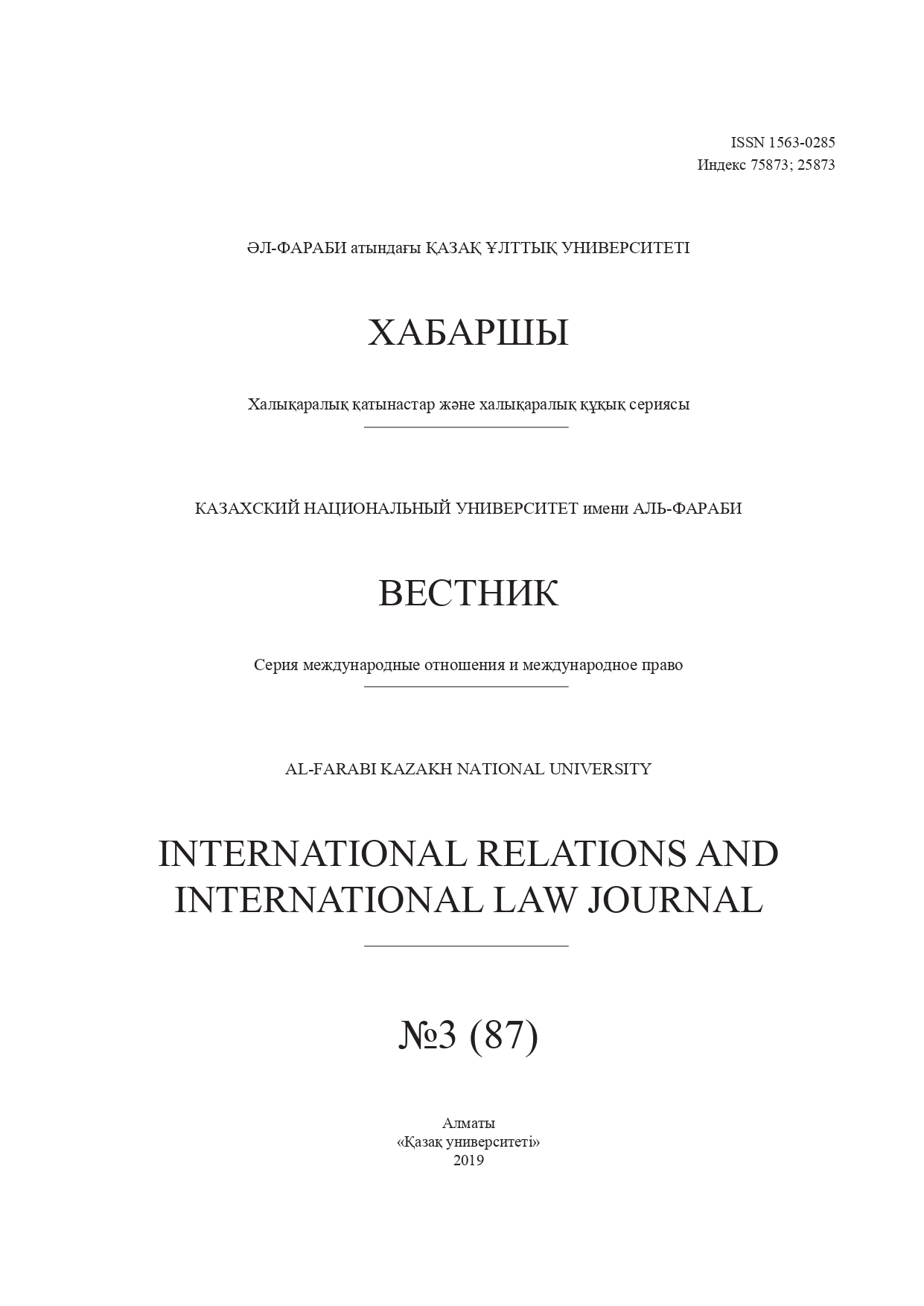Responsible business conduct and protection of cultural heritage site
DOI:
https://doi.org/10.26577/IRILJ.2019.v87.i3.09Abstract
Preparation of present article was aiming to try to answer the following questions: why the responsible business conduct in the Republic of Kazakhstan needs to include the protection of tangible cultural heritage. Authors consider legal aspects of protection of cultural heritage of Kazakhstan, its international obligations in it to the sphere and the status of objects of material cultural heritage in the territory of the Republic of Kazakhstan. At the level of UNESCO, the Republic of Kazakhstan has numerous official international obligations in protection of material cultural and natural heritage, which both the state and private organizations need to observe strictly. This system of the international obligations is complemented with the local legislation of the Republic of Kazakhstan directed to preservation of objects of cultural and natural heritage. Additionally, this work will list the basic recommendations, following of which is going to guarantee the protection and conservation of tangible cultural heritage sites, as well as save the representatives of the business sphere from various risks and associated financial losses related to the damaging and destruction of tangible cultural heritage sites. In addition to compliance with Kazakhstani and international legislative bases in the field of protection and use of tangible cultural heritage, the most socially responsible organizations can also organize their own events to raise awareness of their employees about the need to protect tangible cultural heritage.
Key words: responsible business conduct, cultural heritage, protection, conservation, legislation.




